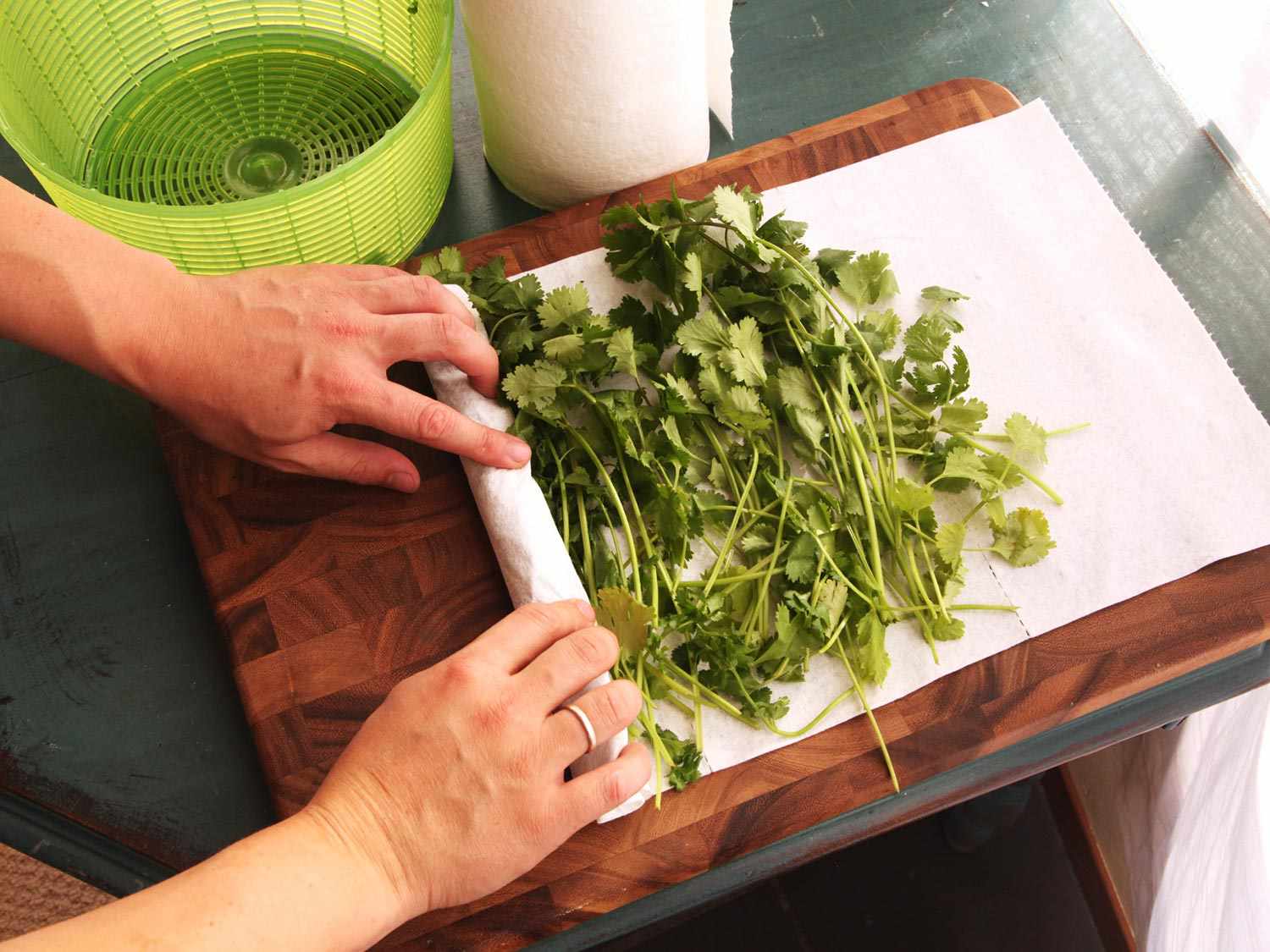

Articles
How To Store Thyme In Freezer
Modified: February 20, 2024
Learn how to store thyme in the freezer with these helpful articles. Extend the shelf life of your herbs and enjoy fresh thyme all year round.
(Many of the links in this article redirect to a specific reviewed product. Your purchase of these products through affiliate links helps to generate commission for Storables.com, at no extra cost. Learn more)
Introduction
Thyme is a versatile herb that is commonly used in various culinary dishes. It adds a unique and aromatic flavor, making it a popular ingredient in soups, stews, marinades, and sauces. However, fresh thyme can sometimes be difficult to find or keep fresh for an extended period of time. That’s where storing thyme in the freezer can come in handy.
Freezing thyme is a simple and effective way to preserve its flavor and aroma for longer durations. By freezing thyme, you can have access to this herb at any time, even when it is out of season. Plus, it saves you the hassle of constantly buying fresh thyme and potentially wasting any leftover sprigs. In this article, we will explore the methods of storing thyme in the freezer and provide some helpful tips for successfully freezing and using frozen thyme.
So, if you’re looking to keep your thyme fresh and flavorful for an extended period or need a convenient way to store excess thyme, keep reading to learn how to store thyme in the freezer.
Key Takeaways:
- Freeze thyme to extend its shelf life, preserve flavor, and have a convenient supply for various recipes. Proper preparation and storage ensure fresh, flavorful thyme for months.
- Thaw and use frozen thyme in soups, sauces, roasted dishes, and more. Enjoy the aromatic essence of thyme in your culinary creations year-round.
Read more: How To Store Thyme
Why Store Thyme in the Freezer?
There are several reasons why storing thyme in the freezer is a great idea. Let’s explore the benefits:
- Prolongs Shelf Life: Thyme is an herb that can wilt and lose its flavor quickly. By freezing thyme, you can extend its shelf life for several months, allowing you to have access to fresh-tasting thyme whenever you need it.
- Preserves Flavor and Aroma: Freezing thyme helps to lock in its essential oils, which are responsible for its distinct flavor and aroma. This means that when you thaw frozen thyme, it will retain its original taste and fragrance, making it a reliable option for seasoning your dishes.
- Convenient and Cost-Effective: Storing thyme in the freezer allows you to have a readily available supply of this herb. You won’t have to worry about running out of thyme or rushing to the grocery store. Plus, freezing excess thyme ensures that you don’t waste any of this precious herb.
- Flexible Usage Options: Frozen thyme can be used in various recipes, just like fresh thyme. Whether you’re adding it to a simmering sauce, a hearty stew, or a flavorful marinade, frozen thyme will infuse your dishes with its delightful taste.
- Preserves Nutrients: Freezing thyme at its peak freshness helps to preserve its nutritional value. Thyme is rich in vitamins, minerals, and antioxidants, and freezing it ensures that these essential nutrients are retained, providing you with a healthy addition to your meals.
Now that you know the advantages of storing thyme in the freezer, let’s dive into the different methods you can use to freeze thyme effectively.
Preparing Thyme for Freezing
Before you can store thyme in the freezer, it’s important to prepare it properly. Here are the steps to follow:
- Harvesting Fresh Thyme: If you have access to fresh thyme in your garden or from a local market, harvest the sprigs with clean pruning shears. Choose healthy and vibrant-looking sprigs with no signs of wilting or discoloration.
- Washing the Thyme: Rinse the thyme sprigs under cold water to remove any dirt or debris. Gently pat them dry with a clean kitchen towel or paper towels.
- Removing the Leaves: Hold the thyme sprig from the top and run your fingers along the stem in the opposite direction of the leaves. This will remove the leaves easily from the stem. Alternatively, you can also use a kitchen knife to strip the leaves from the stem.
- Chopping (Optional): If you prefer to have chopped thyme for your recipes, finely chop the leaves using a sharp knife or herb scissors. Ensure that the leaves are evenly minced, as larger pieces may affect the overall texture of your dishes.
- Labeling and Dating: It’s essential to label your thyme storage containers or freezer bags with the date of freezing. This allows you to keep track of how long the thyme has been in the freezer to ensure its freshness.
Now that the thyme is prepared, let’s explore different methods for freezing thyme.
Method 1: Freezing Thyme Sprigs
Freezing thyme sprigs is a straightforward method that allows you to preserve the herb in its natural form. Here’s how you can do it:
- Prepare the Thyme Sprigs: Ensure that the thyme sprigs are clean, dry, and free from any wilted or discolored leaves.
- Arrange on a Baking Sheet: Place the thyme sprigs in a single layer on a baking sheet lined with parchment paper. Make sure the sprigs are not touching each other to prevent them from sticking together during freezing.
- Flash Freeze: Place the baking sheet in the freezer and let the thyme sprigs freeze for about 1 to 2 hours. This process, known as flash freezing, helps to individually freeze the sprigs and prevent them from clumping together.
- Transfer to Freezer Bags: Once the thyme sprigs are frozen, remove the baking sheet from the freezer. Carefully transfer the frozen sprigs into freezer bags, squeezing out as much air as possible before sealing the bags tightly.
- Label and Store: Label the freezer bags with the date and contents. Place the bags back in the freezer, laying them flat to maximize storage space.
By freezing thyme sprigs, you can easily grab a sprig or two whenever you need them for your recipes. The flash freezing step helps to keep the individual sprigs separate, so you can take out only the amount you require without defrosting the whole batch.
Now that you know how to freeze thyme sprigs, let’s explore another method: freezing chopped thyme.
Method 2: Freezing Chopped Thyme
If you prefer to have chopped thyme readily available for your recipes, freezing chopped thyme is a convenient option. Here’s how you can do it:
- Prepare and Chop the Thyme: Start by preparing and washing the thyme sprigs as mentioned earlier. Once the thyme is dry, finely chop the leaves using a sharp knife or herb scissors.
- Portion the Chopped Thyme: Measure out the desired portions of chopped thyme based on your typical recipe needs. You can portion the chopped thyme into individual ice cube trays or small freezer-safe containers.
- Transfer to the Freezer: Place the ice cube trays or containers with the chopped thyme in the freezer. Allow them to freeze for several hours or until the thyme is completely frozen.
- Remove and Store: Once the chopped thyme is frozen, remove the portions from the ice cube trays or containers. Place them in labeled freezer bags, squeezing out any excess air before sealing tightly.
- Label and Date: Make sure to label the freezer bags with the date and contents. This will help you keep track of the freezing date and ensure the freshness of the chopped thyme.
Freezing chopped thyme allows for easy portioning and quick usage in recipes. You can simply grab a portion of frozen chopped thyme and add it directly to your dishes without the need for defrosting.
Now that you know how to freeze thyme sprigs and chopped thyme, let’s explore another method: freezing thyme leaves.
Read more: How To Store Dried Thyme
Method 3: Freezing Thyme Leaves
If you prefer to have thyme leaves readily available for sprinkling or crushing, freezing thyme leaves is a great option. Here’s how you can do it:
- Prepare the Thyme Leaves: Begin by preparing and washing the thyme sprigs to ensure they are clean and dry. Strip the leaves from the stems using your fingers or a kitchen knife.
- Spread on a Baking Sheet: Spread the thyme leaves in a single layer on a baking sheet lined with parchment paper. Ensure that the leaves are evenly distributed and not overlapping.
- Flash Freeze: Place the baking sheet in the freezer and allow the thyme leaves to freeze completely for about 1 to 2 hours. Flash freezing the individual leaves will prevent them from clumping together.
- Transfer to Freezer Bags: Once the thyme leaves are frozen, remove the baking sheet from the freezer. Carefully transfer the frozen leaves into labeled freezer bags, squeezing out any excess air before sealing the bags tightly.
- Label and Date: Make sure to label the freezer bags with the date and contents. This will help you keep track of the freezing date and ensure the freshness of the thyme leaves.
Freezing thyme leaves provides you with the flexibility to crush or sprinkle the frozen leaves directly onto your dishes. This method allows for easy access to the individual leaves while keeping them fresh and full of flavor.
Now that you have learned the three different methods for freezing thyme, let’s move on to storing the frozen thyme in freezer bags.
To store thyme in the freezer, first wash and dry the sprigs, then remove the leaves from the stems. Place the leaves in an airtight container or freezer bag, and store in the freezer for up to 6 months.
Storing Thyme in Freezer Bags
Once you have frozen your thyme using one of the methods mentioned earlier, it’s important to store it properly in freezer bags to maintain its quality. Here’s how you can do it:
- Choose Freezer Bags: Use high-quality freezer bags that are sturdy and have airtight seals. These bags will help protect the thyme from freezer burn and maintain its flavor.
- Portion the Thyme: Divide the frozen thyme into smaller portions based on your recipe needs. It’s best to portion them in quantities that you frequently use to minimize waste.
- Label the Bags: Label each freezer bag with the date of freezing and the contents. This will help you keep track of how long the thyme has been stored and ensure its freshness.
- Remove Air from Bags: Before sealing the bags, gently press out as much air as possible to reduce the risk of freezer burn. This can be done by carefully squeezing the air out from one end of the bag.
- Seal Tightly: Once the air has been removed, seal the bags tightly to create an airtight environment for the thyme. Double-check to ensure the seals are secure and prevent any air from entering the bags.
- Lay Flat in Freezer: Lay the sealed bags flat in the freezer to maximize storage space and prevent the thyme from being crushed or damaged. This also makes it easier to stack and organize other items in the freezer.
- Keep Freezer Temperature Consistent: Ensure that your freezer stays at a constant temperature of 0°F (-18°C) or below. Fluctuations in temperature can affect the quality of the frozen thyme.
By properly storing thyme in freezer bags, you can maintain its flavor, aroma, and quality for an extended period. This allows you to have a convenient supply of frozen thyme whenever you need it for your culinary creations.
Now that you know how to store thyme in freezer bags, let’s explore some helpful tips for freezing thyme successfully.
Tips for Freezing Thyme Successfully
Freezing thyme is a simple process, but there are a few tips that can help ensure successful freezing and maintain the quality of the herb. Consider the following tips:
- Choose Fresh Thyme: Start with fresh and vibrant thyme sprigs. Opt for organic thyme whenever possible to avoid any potential chemical residues.
- Handle with Care: Handle the thyme gently during the preparation process to avoid bruising or damaging the leaves, which can impact the flavor and texture.
- Flash Freeze Individual Leaves: If you plan to use only a few leaves at a time, consider flash freezing individual leaves before transferring them to freezer bags. This will allow for easy portioning and flexibility in usage.
- Date and Label: Always label your freezer bags with the freezing date and contents. This helps you keep track of the thyme’s freshness and ensures you use the oldest thyme first.
- Measure Portion Sizes: Determine the portion sizes that work best for your recipes and freeze thyme accordingly. This way, you can easily take out the necessary amount without having to defrost more than needed.
- Store in a Dark Place: Once the thyme is frozen and stored, keep it in a dark place in the freezer to shield it from any potential exposure to light, which can affect its flavor and color.
- Use Freezer-Safe Containers: If you prefer not to use freezer bags, you can store thyme in freezer-safe containers or jars. Make sure they have airtight lids to prevent air from entering and moisture loss.
- Don’t Refreeze Thawed Thyme: Avoid refreezing thyme that has been previously thawed. Once it has thawed, use it within a few days and avoid refreezing to maintain its quality.
Following these simple tips will help you freeze thyme successfully, preserving its flavor, aroma, and nutrients for an extended period.
Now that you know how to freeze and store thyme, let’s explore how to thaw frozen thyme and use it in your recipes.
How to Thaw Frozen Thyme
Thawing frozen thyme is a simple process that allows you to retain the herb’s flavors and aromas. Here are the steps to thaw frozen thyme:
- Plan Ahead: Remove the desired amount of frozen thyme from the freezer and plan ahead for your recipe. Thyme can thaw quickly, so it’s best to have everything ready before starting.
- Thaw in the Refrigerator: The recommended method for thawing frozen thyme is to transfer it from the freezer to the refrigerator. Place the frozen thyme in a bowl or on a plate and let it thaw in the refrigerator for several hours or overnight.
- Use Cold Water Method (if needed): If you’re in a hurry or forgot to thaw thyme in advance, you can use the cold water method. Place the frozen thyme in a sealed plastic bag and submerge it in a bowl of cold water. Change the water every 30 minutes until the thyme is thawed.
- Pat Dry: Once the thyme is thawed, gently pat it dry with a clean kitchen towel or paper towels to remove any excess moisture.
- Use in Recipes: Frozen thyme can be used in recipes similarly to fresh thyme. Add the thawed thyme directly to your soups, stews, marinades, or sauces, adjusting the amount according to your taste preferences.
It’s important to note that thawed thyme may have a slightly softer texture compared to fresh thyme. However, the flavors and aromas should remain intact, allowing you to enjoy the essence of this delightful herb in your dishes.
Now that you know how to thaw frozen thyme, let’s explore some ways to use it in various recipes.
Read more: How To Store Rosemary And Thyme
Using Frozen Thyme in Recipes
Frozen thyme can be a convenient and flavorful addition to a wide variety of recipes. Here are some ways you can use frozen thyme in your dishes:
- Soups and Stews: Add a handful of thawed thyme leaves or a frozen thyme sprig to your homemade soups, stews, or broths. The flavors will infuse into the dish as it simmers, enhancing the overall taste.
- Sauces and Gravies: Frozen thyme can be easily added to sauces and gravies, whether it’s a creamy mushroom sauce or a savory meat jus. Simply stir in the thawed thyme during the cooking process to incorporate its aromatic flavor.
- Roasted Meats and Vegetables: Sprinkle thawed thyme leaves over roasted meats, such as chicken, beef, or lamb, to add a delightful herbal note. It can also be tossed with roasted vegetables, like potatoes or carrots, for an extra layer of flavor.
- Marinades and Rubs: Mix thawed thyme leaves with other herbs, spices, and olive oil to create a flavorful marinade or rub for meats, fish, or tofu. Allow the ingredients to blend together for a few hours or overnight to maximize the infusion of flavors.
- Herb Butter: Incorporate thawed thyme into softened butter to create a fragrant herb butter. Use this tasty spread to enhance the flavor of bread, steamed vegetables, or grilled meats.
- Omelets and Frittatas: Sprinkle thawed thyme leaves into your omelets or frittatas for a burst of fresh flavor. It pairs exceptionally well with eggs and adds depth to your breakfast or brunch creations.
- Infused Oils and Vinegars: Create your own thyme-infused oil or vinegar by adding a frozen thyme sprig to a bottle of olive oil or vinegar. Allow the flavors to meld together for a few weeks, then use the infused oil or vinegar in dressings, marinades, or as a finishing touch to your dishes.
Remember, when using frozen thyme in recipes, it is recommended to adjust the amount according to your taste preferences. The flavors of frozen thyme will still be potent and can enhance the overall taste of your dish.
Now that you have a variety of ideas for using frozen thyme, let’s conclude our discussion.
Conclusion
Storing thyme in the freezer is a fantastic way to extend its shelf life and ensure that you always have this versatile herb on hand. Freezing thyme allows you to preserve its flavor, aroma, and nutritional value, making it a valuable addition to your culinary endeavors.
In this article, we explored three methods for freezing thyme: freezing thyme sprigs, freezing chopped thyme, and freezing thyme leaves. Each method offers convenience and flexibility depending on your recipe needs. By following the proper preparation and storage techniques, you can maintain the quality of the frozen thyme for several months.
We also provided tips for freezing thyme successfully, such as using fresh thyme, portioning properly, labeling, and storing in airtight freezer bags. These tips will help you ensure that your frozen thyme remains fresh and flavorful.
Thawing frozen thyme is a straightforward process, whether you choose to thaw it in the refrigerator or use the cold water method. Once thawed, you can easily incorporate the thyme into a wide variety of recipes, such as soups, stews, sauces, roasted meats, and more. The frozen thyme retains its flavors, allowing you to enjoy the essence of this wonderful herb in your dishes.
So, whether you have an abundant harvest of fresh thyme or want to preserve store-bought herbs, freezing thyme is a practical solution. It saves you money, reduces waste, and ensures you have access to this delightful herb throughout the year.
Now that you are equipped with the knowledge of storing and using frozen thyme, go ahead and start freezing thyme to add a burst of flavor and aroma to your favorite recipes whenever you desire.
Frequently Asked Questions about How To Store Thyme In Freezer
Was this page helpful?
At Storables.com, we guarantee accurate and reliable information. Our content, validated by Expert Board Contributors, is crafted following stringent Editorial Policies. We're committed to providing you with well-researched, expert-backed insights for all your informational needs.
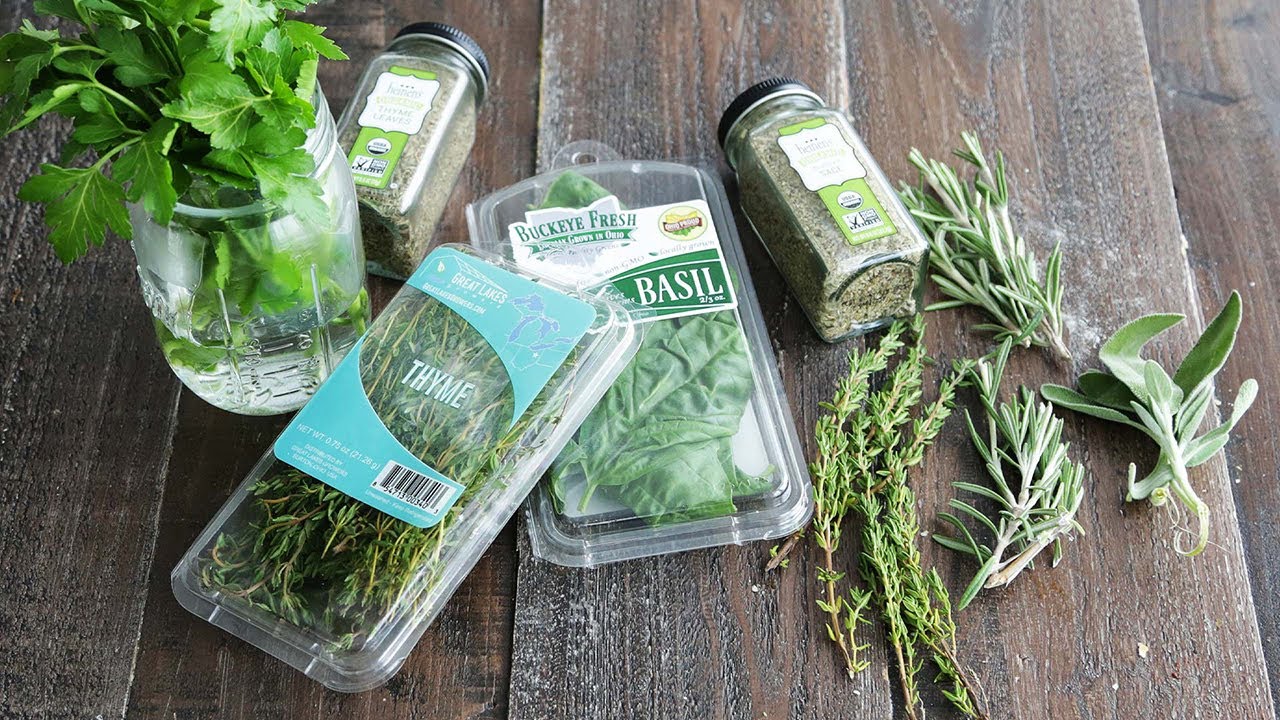




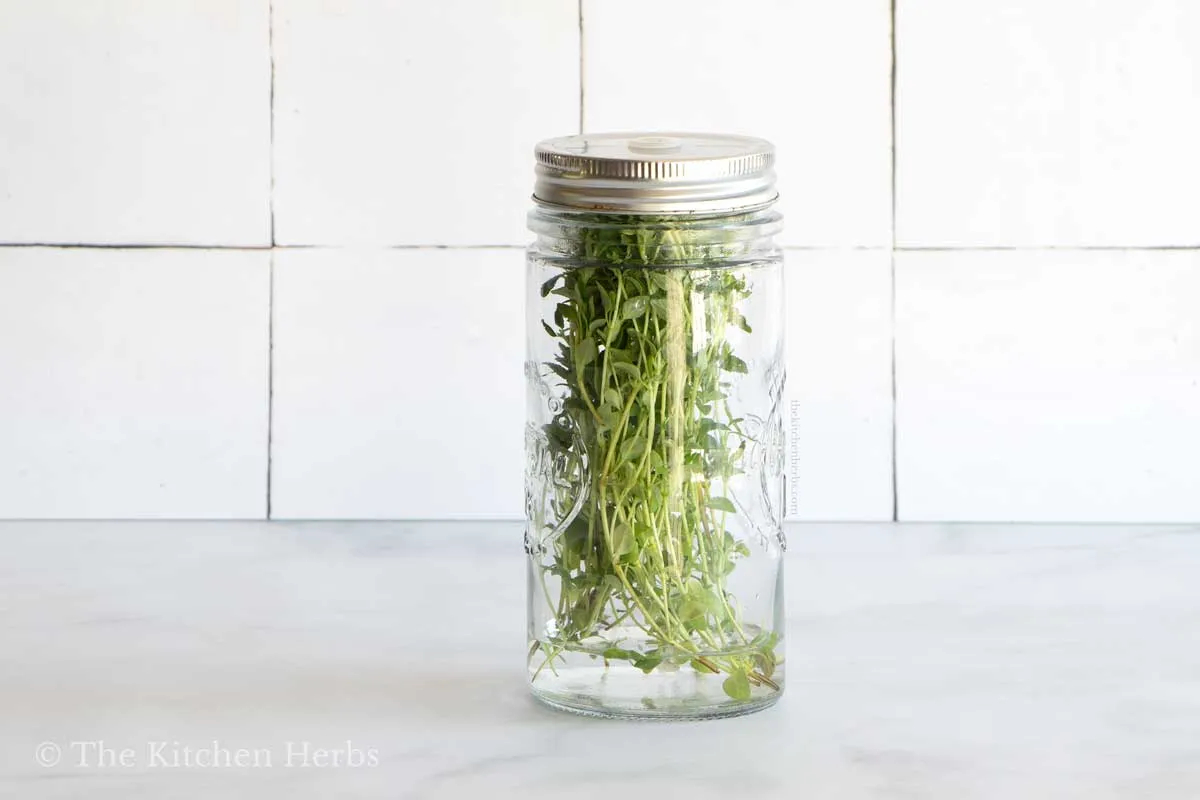


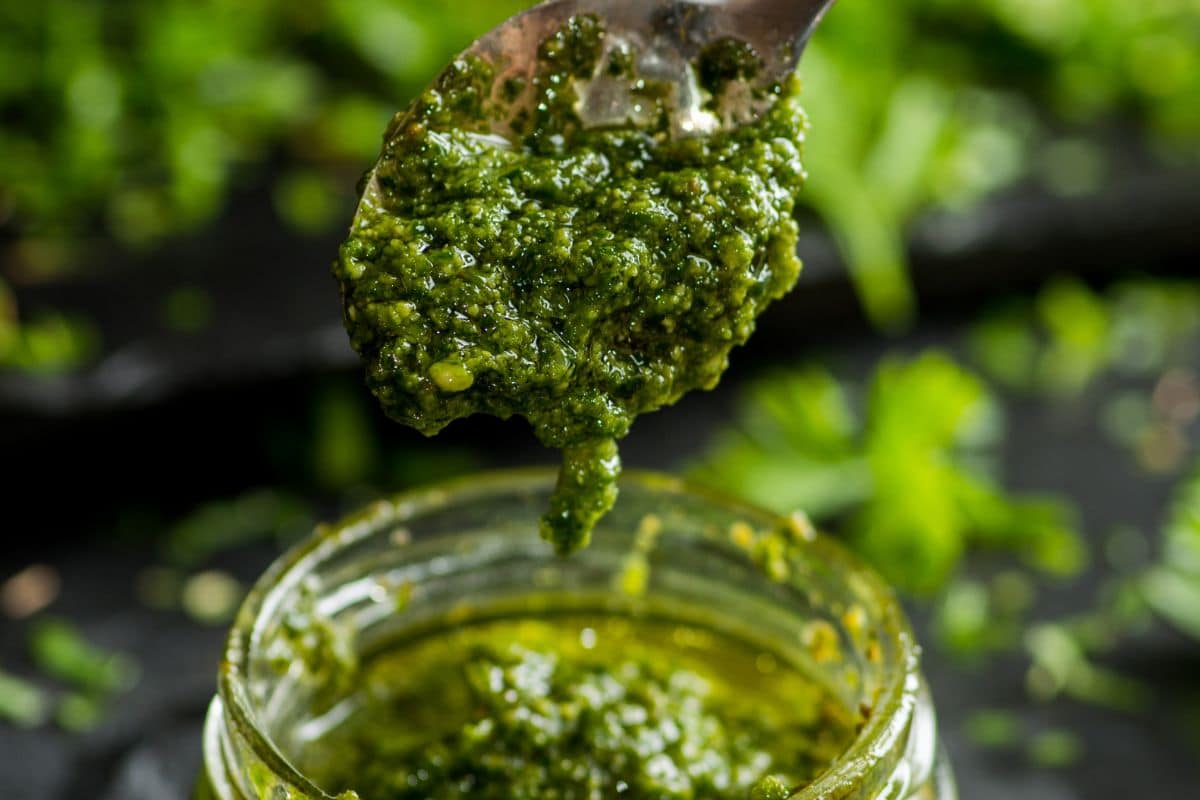



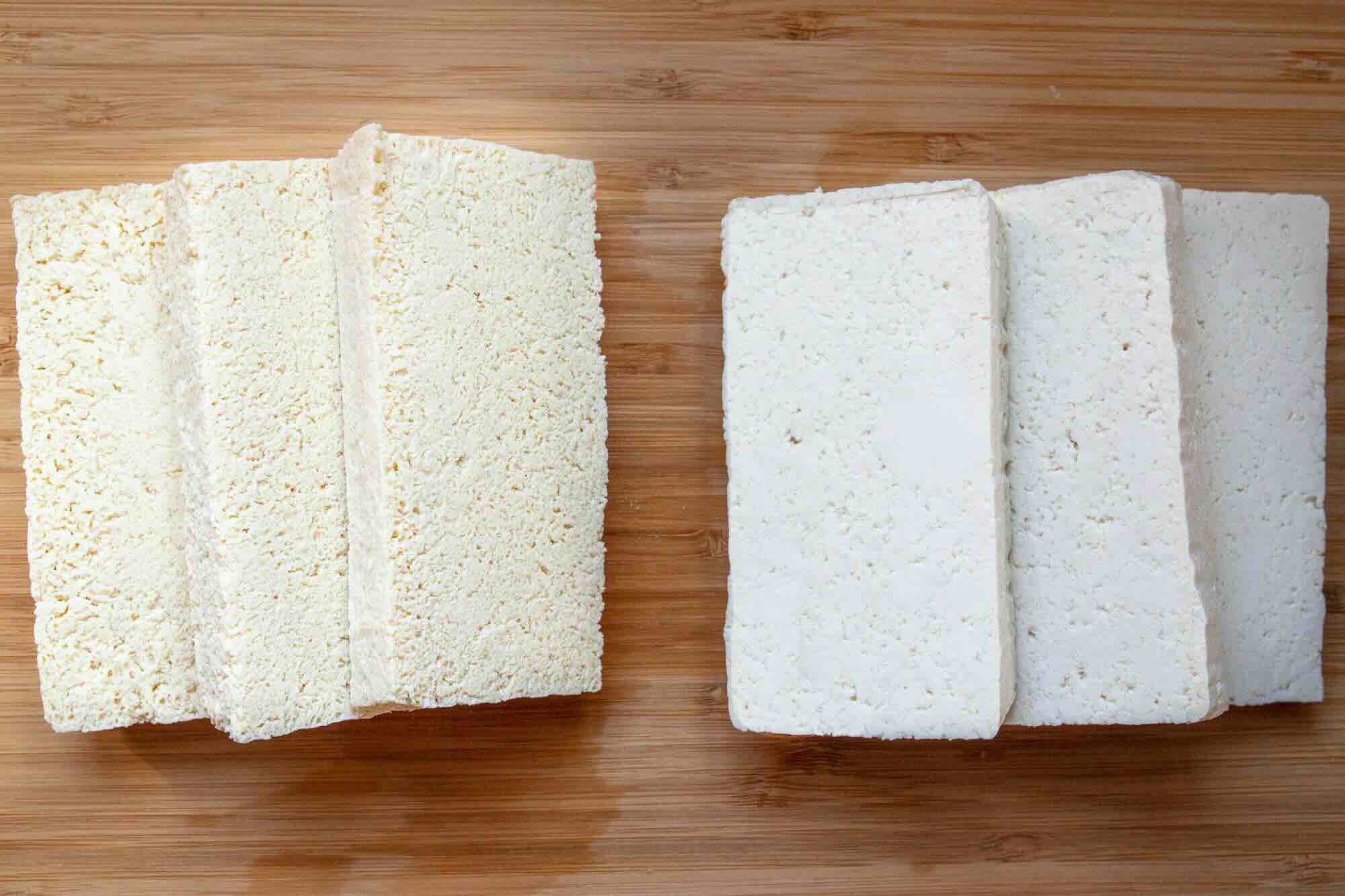

0 thoughts on “How To Store Thyme In Freezer”